
Alkaline solutions definition, properties and uses
The alkaline solutions are formed when alkali dissolves in water. An alkaline solution can be synthesized in the laboratory and can also be formed in natural processes such as erosion..
Some examples of alkaline solutions include sodium hydroxide, potassium hydroxide, magnesium hydroxide, and calcium carbonate. Each of these solutions has different applications in different industries (What is an Alkali ?, S.F.).
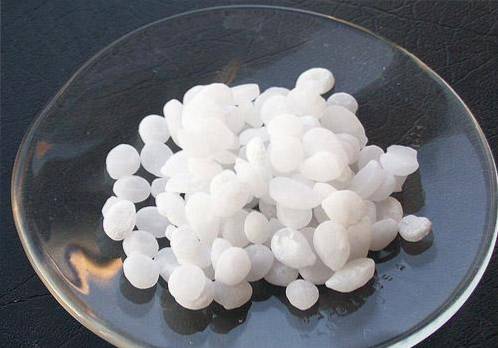
Manufacturers commonly use alkaline solutions in products such as biofuels, soaps, medicines, detergents and cleaning products, as well as in many food preparations and specialized applications.
As cleaning agents, alkaline solutions can dissolve fats, oils and proteins (ADAMS, 2015).
Article index
- 1 Bases and alkalis to understand alkaline solutions
- 2 Alkaline solutions and their relationship with pH
- 3 Properties
- 4 Uses
- 5 References
Bases and alkalis to understand alkaline solutions
Base, in chemistry, refers to any substance that in aqueous solution is slippery to the touch, tastes bitter, changes the color of the indicators (for example, turns litmus paper from red to blue as illustrated in figure 1), reacts with acids to form salts and promotes certain chemical reactions.
Examples of bases are the hydroxides of alkali and alkaline earth metals (sodium, calcium, etc.) and aqueous solutions of ammonia or its organic derivatives (amines).
Such substances produce hydroxide ions (OH-) (Britannica, Base chemical compound, 2010). There are different types of classifications for both acids and bases:
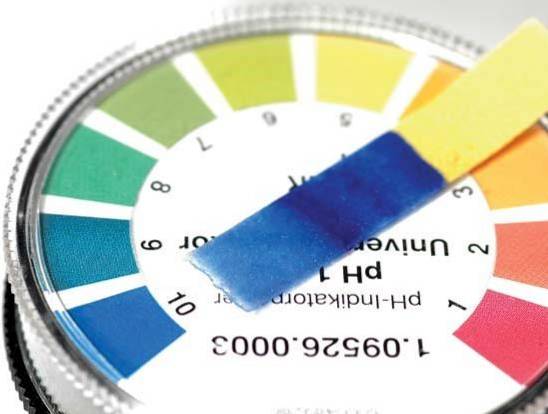
According to Arrhenius theory, bases are substances that dissociate in water to produce electrically charged atoms or molecules, called hydroxide ions (OH-) (Britannica, Arrhenius theory, 1998).
The Brønsted-Lowry theory, also called the proton theory of acids and bases, independently introduced in 1923 by Danish chemist Johannes Nicolaus Brønsted and English chemist Thomas Martin Lowry, indicates that any compound that can accept one proton (H +) from another compound is a base. For example in the reaction:

Ammonia would be a base since it accepts protons from hydrochloric acid (Britannica, Brønsted-Lowry theory, 1998).
The Lewis Theory of Acids and Bases introduced in 1923, states that a base is considered as any compound that has a pair of non-shared electrons available and is capable of binding to a substance that is capable of accepting them (Lewis acid).
Ammonia nitrogen and oxygen in water are examples of Lewis bases (Britannica, Lewis theory, 1998).
The terms "basic solution" and "alkaline solution" are often used interchangeably, particularly outside the context of chemistry..
Alkalis are generally defined as a subset of the bases. It is a basic hydroxide or an ionic salt of an alkali or alkaline earth metal element, which is soluble in water forming an alkaline solution..
Only few alkalis are known, such as sodium hydroxide (NaOH), potassium hydroxide (KOH), calcium hydroxide (Ca (OH)two), calcium carbonate (CaCO3) and magnesium hydroxide (Mg (OH)two).
Alkalis exclude bases like NH3 or solutions such as ammonium hydroxide, since they are not made up of alkali or alkaline earth metals.
Alkaline solutions and their relationship with pH
The hydrogen potential, also known as the pH scale, measures the level of alkalinity or acidity of a solution. The scale ranges from zero to 14, being acidic a pH less than 7 and basic a pH greater than 7.
Midpoint 7 represents a neutral pH. A neutral solution is neither acidic nor alkaline. The pH scale is obtained as a function of the concentration of H + in the solution.
The pH scale is logarithmic, and as a result, each whole pH value below 7 is ten times more acidic than the next highest value. For example, pH 4 is ten times more acidic than pH 5 and 100 times (10 times 10) more acidic than pH 6.
The same is true for pH values greater than 7, each of which is ten times more alkaline (another way of saying basic) than the next whole lower value. For example, pH 10 is ten times more alkaline than pH 9 and 100 times (10 times 10) more alkaline than pH 8 (pH Scale, S.F.).
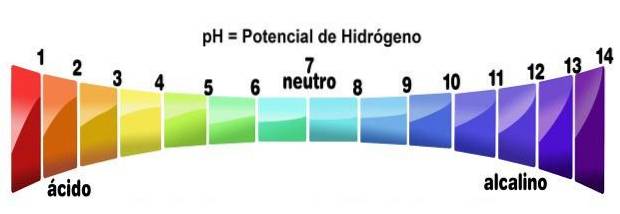
Similarly, there is a pOH scale that is obtained as a function of the OH concentration and is inverse to the pH scale (pH, pOH, and the pH scale, S.F.).
A characteristic property of alkaline solutions is that, by producing OH- ions, the pH of a solution increases to values greater than 7 (or they decrease the pOH to values less than 7).
Properties
The following are properties exhibited by alkaline solutions:
1-They have a bitter taste.
2-Litmus paper turns blue.
3-They have a soapy or slippery feeling to the touch.
4-Some are corrosive. Examples, NaOH and KOH.
5-A less volatile alkali displaces a more volatile alkali from its salt. Example, NaOH (less volatile) displaces NH3 (more volatile) from NH4Cl.
NaOH (aq) + NH4Cl (aq) → NaCl (aq) + HtwoO (l) + NH3 (g)
6-They react with acids to form salts and water (neutralization reaction).
7-They conduct electricity (that is, they are electrolytes).
8-They show pH values above 7.
Applications
Since alkalis are bases that are soluble in water, they make it possible for the chemical properties of bases to be used for many purposes in the laboratory, industry, and at home, since almost all chemical reactions take place in solution..
1-NaOH is used in the manufacture of paper, soap and ceramics.
2-Ca (OH) 2 (slaked lime or simply “lime”) is added to soils or lakes to make them less acidic.
3-Indigestion is usually caused by an excess of HCl in the stomach, which can be remedied by indigestion tablets that contain a base such as MgO or CaCO3 to neutralize the acid.
4-Industrial uses include the manufacture of various chemicals.
5-They are used in oxidation-reduction reactions to establish the basic environment where said reaction occurs.
References
- ADAMS, A. (2015, June 17). What is an Alkaline Solution? Taken from livestrong.com.
- Britannica, T. E. (1998, December 21). Arrhenius theory. Taken from britannica.com.
- Britannica, T. E. (1998, July 20). Brønsted-Lowry theory. Taken from britannica.com.
- Britannica, T. E. (1998, July 20). Lewis theory. Retrieved from britannica.com.
- Britannica, T. E. (2010, April 27). Base chemical compound. Taken from britannica.com.
- pH Scale. (S.F.). Retrieved fromchemistry.elmhurst.edu.
- pH, pOH, and the pH scale. (S.F.). Taken from khanacademy.org.
- What is an Alkali? (S.F.). Taken from freechemistryonline.com.
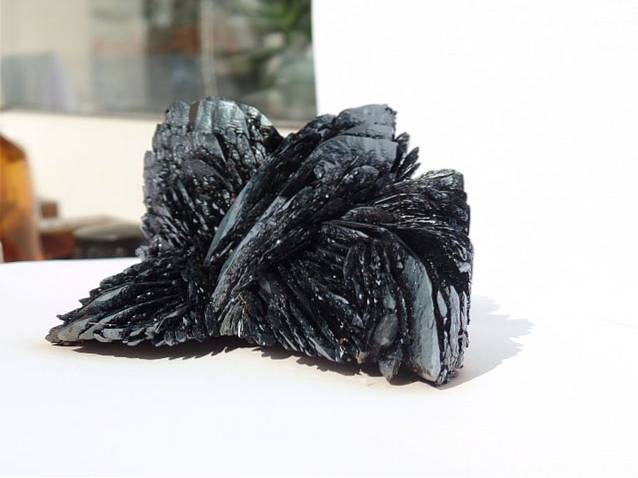
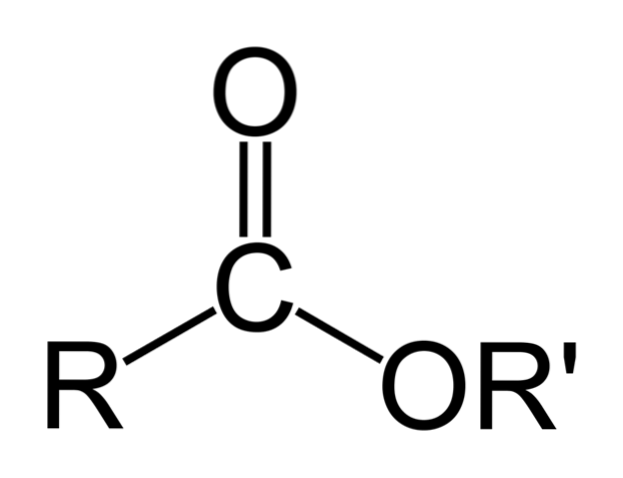

Yet No Comments